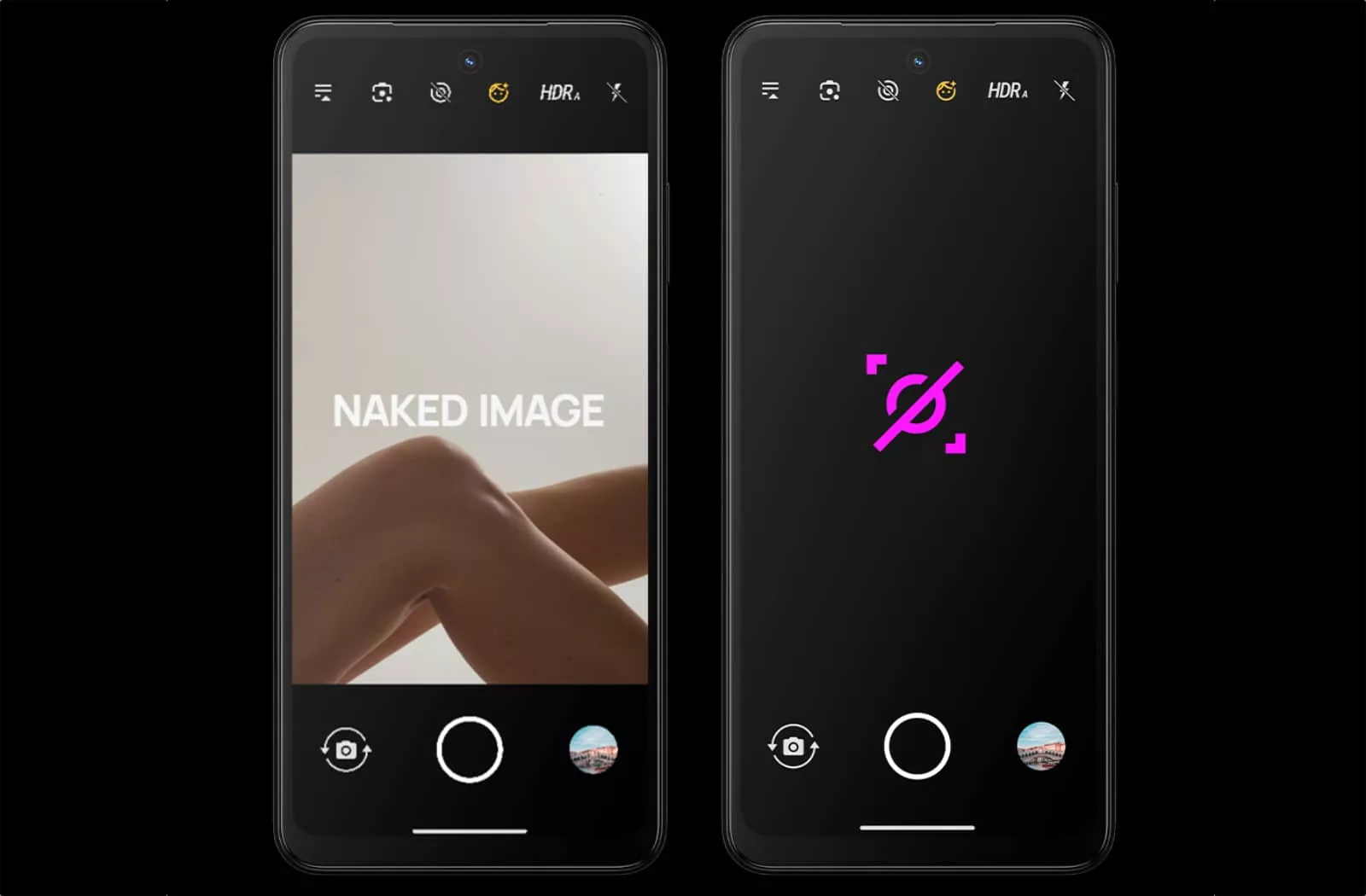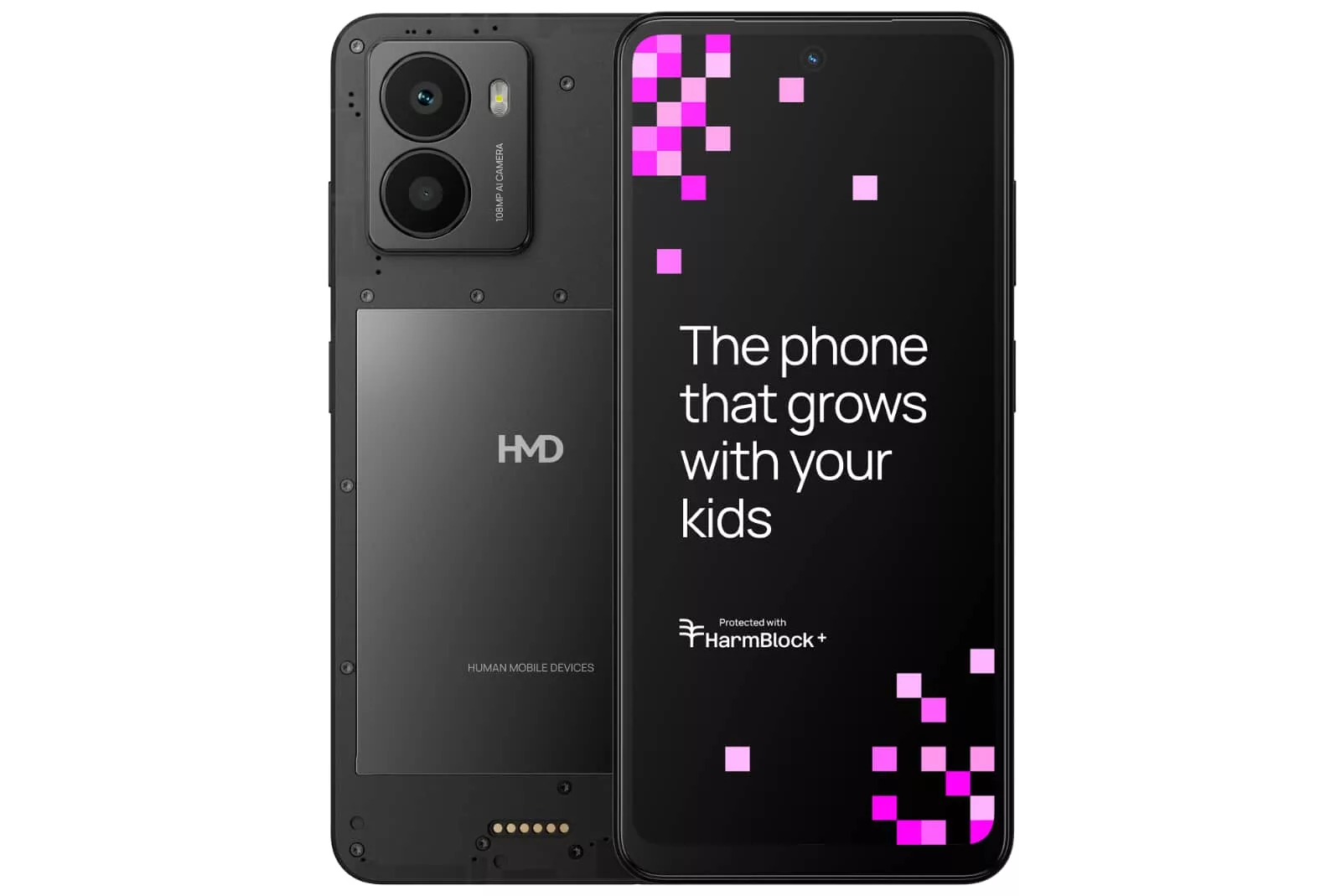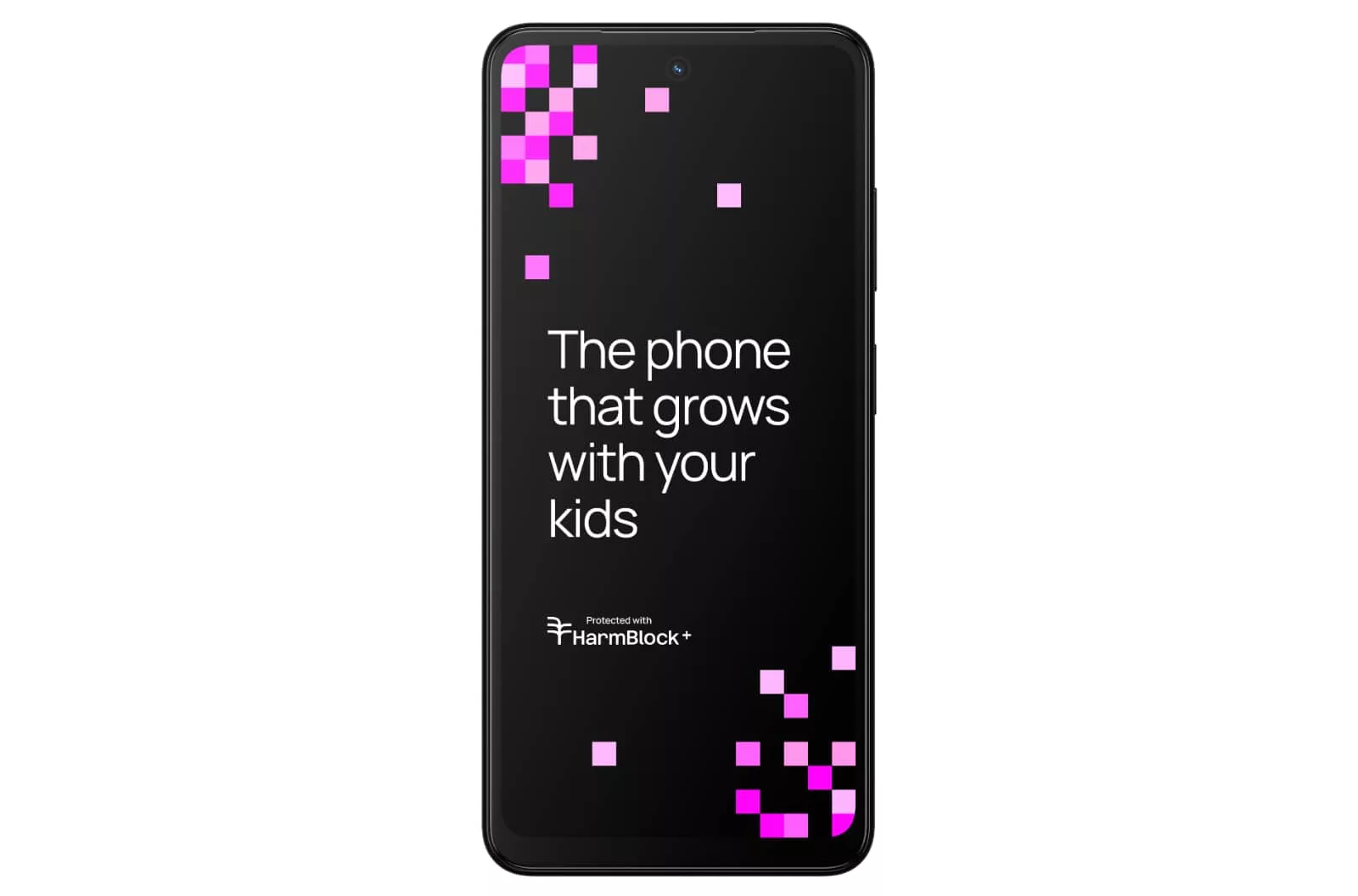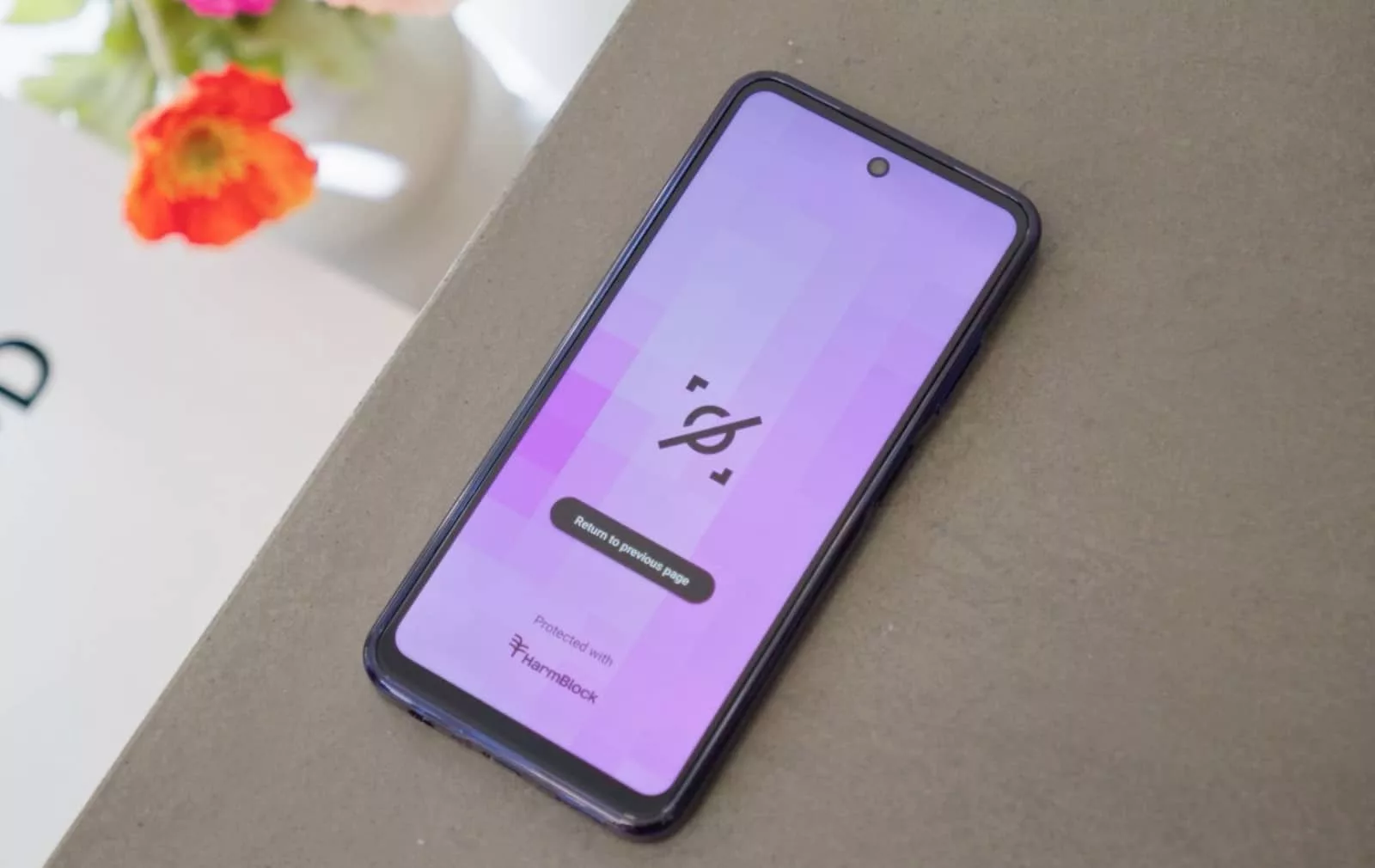A new phone is on the way that can block nudity, but it won’t tell parents when it’s happening. Is this tech going too far?
I like to think of myself as balanced and impartial. I don’t favour any specific companies; I just like good technology. I also don’t dislike any particular genre of music, I just like good music, or what sounds good to me.
Technology is no different; I like good technology. I’ll write about everything, because that’s what it is to be impartial and unbiased. I’ve been doing this job since 2007, when I started as a games and technology writer at a radio and TV show with a web presence. That’s a long time, with almost 20 years worth of writing for pretty much every medium: TV, radio, podcast, print, and the web.
Which is why it makes this week’s launch of a new phone so interesting.
In the nearly 20 years I’ve been a technology journalist, I don’t think there’s been a bit of technology I’ve struggled to be impartial with.
And yet with the HMD Fuse, I may have met my match: a gadget I not only disagree with as a technology journalist, but also as a parent.
The HMD Fuse: a phone that can block nudity
Can a mobile prevent teens from engaging in risky behaviours? That’s the question with a new phone coming to market next week, as HMD prepares to release what it calls a world-first: a phone that can block nudity.
What may sound like just a version of parental filters is HMD blending AI and device supervision to an extreme level.
The HMD Fuse comes with a piece of technology called “HarmBlock+”, a subscription based filter that will be free for the first year, but eventually cost money, blocking not just pornography, but essentially any nudity on the phone.
Owners of an HMD Fuse won’t be able to browse elicit imagery or videos, with the screen essentially popping up with a blocked message when it happens.

Trained with AI on over 22 million images, the system will also prevent the camera from capturing nudity, meaning you can’t take nude photos or videos with the phone when HarmBlock+ is being used. That’s no viewing and no creation of anything with nudity in it. You might see the image quickly, and then wham, the system will pick up on the image and block it with a pink screen.
HarmBlock+ may go deeper, too. If you’ve been sent a picture with nudity, like family members in a bath, it will also delete files with nudity in them. If you’re watching a movie on your phone with a bit of nudity, it may stop the video. It may even block some art.
The system can’t be bypassed when activated, and is baked into the phone. In short, it’s a mobile designed to deal with kids and teens faced with sexting, potential bullying, and manipulation scams involving nudity.
The phone itself isn’t an exciting phone, though, running low-end hardware with a large screen. There’s a Qualcomm Snapdragon 4 Gen 2 under the hood, 6GB RAM, 128GB storage, and a 6.56 inch HD+ 1612×720 display. That’s not a fantastic set of specs, and is what we’d expect to find on a phone under the $400 mark.
HMD is including a 108 megapixel camera at the back and a 50 megapixel front-facing camera, but outside of this, the HMD Fuse is a fairly low-end phone the company says kids can grow with.
Priced at $799 in Australia, it does feel as though parents are paying a premium for a low-end phone designed solely to block nudity. At this price, the hardware should be on the level of a Pixel 9a, not a cheap mid-range piece of kit.

The problem with HarmBlock+
One of the problems with this service, however, is it treats nudity as if it’s the problem.
Nudity on the phones of kids and teens may be a problem, but it’s not necessarily the problem. Blocking nudity and explicit imagery won’t stop younger people from wanting to explore or engage in these ways. If anything, it could just drive them to find more creative ways to circumvent the prevention measure.
Technology isn’t that difficult to overcome, and while this could be baked into a budget or mid-range phone, the simple reality is if a teenager wants to circumvent HarmBlock+, all they need to do is find another phone, a tablet, or a computer.
Every single one of those devices has a camera built in, as well. This won’t be a difficult task. They probably have a Chromebook nearby or a laptop from school that won’t have HarmBlock installed.
If anything, HMD’s blocking system actually stops short of being useful to parents by not telling them when nudity is being accessed, and how.
Was it from Snapchat? Was it simply watching a video? Was it from social media? Was it a drawing? Watching a test of the system from HMD showed it could be fairly sensitive, with some very soft images triggering the blocking system.
That context could be critical for parents and families, and provide a way to talk to the owner of that phone about what they’re doing, to build the trust that is so inherently important with growing minds.

Unlike how family device accounts used on the iPhone and Android can tell parents when apps are being purchased and the time spent on them, HMD won’t send a notification about the use of nudity to a parent. That’s to say users of HarmBlock won’t know when their kids are trying to access it or why, only to have it be blocked.
They can rest assured knowing the image is blocked, but other forms of potentially harmful content won’t be. HarmBlock is trained on a 22 million image-strong dataset, but won’t prevent accessing violent imagery, so the “harm” only goes as far as dealing with nudity, and doesn’t venture a hand to parents to actually engage with their kids about it, simply denying access in the first place.
As a parent, this is mind boggling. The very thing I would want to know about is if it’s happening so I could talk to my kids about it, rather than simply burying my head in the sand and hoping that technology saves the day by simply preventing access.
That conversation between kids and parents is important. It’s how you build and maintain trust, even as awkward as the conversation may be. Simply blocking the access seems like an approach riddled with flaws.
The problem with the HMD Fuse
Even if this idea sounds like a good one for some parents — and admittedly, some parents will love this idea — it’s difficult to understand why HMD built HarmBlock+ on such a low-end phone, and then decided to market it with the phrase “the phone that grows with your kids”.

Armed with a Snapdragon 4 and 6GB RAM, not to mention only two years of operating system upgrades and launched with Android 15, it’s already running behind Android’s schedule given Android 16 launched months ago.
If anything, the HMD Fuse will be lucky to grow beyond a year or two. After that, it’ll likely be too sluggish to work well, and kids and teens will do anything they can to stay away from it. By the time you may need to use anything HarmBlock+ offers, the phone may be too slow to take advantage.
It’s especially worth noting that the HMD Fuse is basically just last year’s HMD Fusion with a bit of software on top. The design is the same, the specs are the same, and the only difference is the price, with the HMD Fuse charging $799 over the $499 of the Fusion.
You know what you’re probably paying for between the models, and it’s HarmBlock+.
Which is also a good taste of what’s to come, because HMD confirmed that after the first year of use, HarmBlock+ will cost money for parents.
Some won’t see this as an issue, but use of the HarmBlock+ service will cost $26.95 per month after the first year, making it a $323 annual service. That’s not far from that $300 difference between the $499 Fusion and the $799 Fuse.
It’s pretty clear what you’re paying for.
A phone I can’t be impartial on
This is clearly not my regular phone write-up. Normally, phone announcements include a lot of specs, a lot of features, and some opinion. This one is a little bit different. It may even aggravate some of the folks at HMD.
But this is a phone I am struggling to be impartial with before review.
It just goes too far as a device, and sends a complex parenting issue to an action more like burying a head in sand, hoping it all goes away. It’s the sort of phone I can see some parents lapping up, but then being confused why their kids still found access to the very thing they tried to block in the first place.
While aspects of HarmBlock may prevent sextortion attempts, it may also push teens in a different direction entirely. And it ignores the idea that education and conversation can help prevent these issues in the long term, rather than simply blocking them and hoping they don’t arise, even if it’s only doing it on one device.
It’s all a big risk, and one that could have been made easier by allowing parents to be a part of that conversation with their kids, rather than simply breaking trust by treating them like toddlers.






